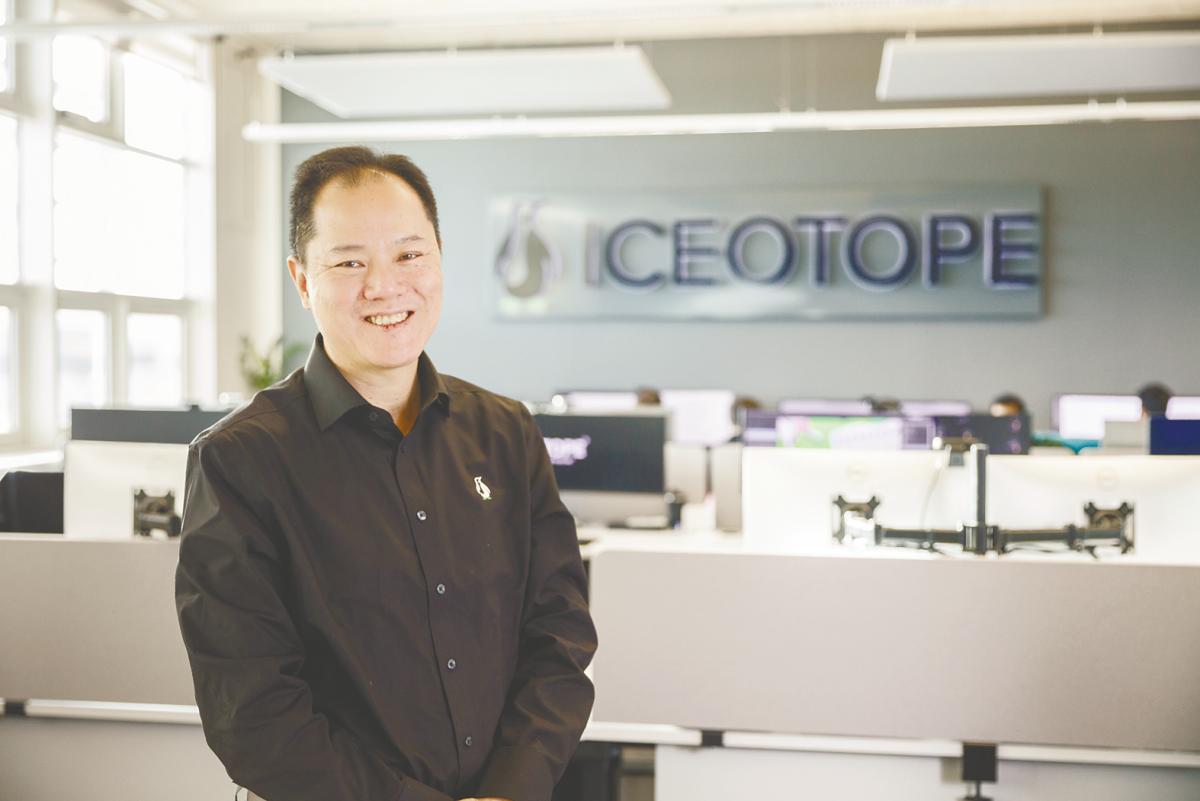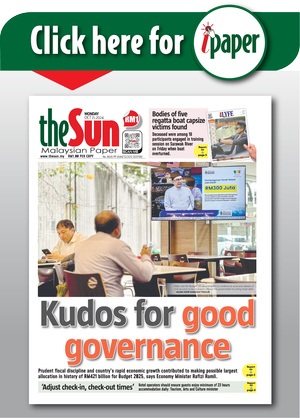MALAYSIA is accelerating towards AI leadership. The recent launch of Southeast Asia’s first sovereign, full-stack AI infrastructure signals a strategic shift, bringing compute, data, and digital sovereignty under national control and placing the country at the forefront of regional digital transformation.
But as momentum builds, so do demands on the systems supporting it. One of the most pressing and often underestimated challenges; heat.
Growing thermal challenge
AI workloads are becoming increasingly compute-intensive. Large language models and GPU clusters generate significant heat, placing immense strain on data centre cooling systems. In a tropical climate like Malaysia’s, this issue is amplified.
The country’s data centre footprint is expanding rapidly, with over 1,300MW in development. Projections suggest electricity demand from data centres could exceed 5,000MW by 2035. At the same time, Malaysia faces rising water stress, and power supply applications from data centre operators now make up more than 40% of Peninsular Malaysia’s total capacity.
This is not merely an energy efficiency issue, it is a national capacity concern. Without addressing thermal limits head-on, infrastructure could become the Achilles’ heel of Malaysia’s digital ambitions.
Newer liquid cooling technologies offer scalable solution
Many data centres still operate with air-based cooling systems designed for a very different era. Even direct-to-chip liquid cooling – once considered advanced – is being pushed to its limits by high-density, next-gen AI deployments.
Newer liquid cooling technologies, particularly hybrid systems that combine direct and immersive methods, offer a more scalable solution. These systems remove heat at the source, enabling higher rack densities while significantly reducing energy and water consumption.
Deployments of such systems have achieved up to 40% reductions in cooling-related energy use and up to 90% reductions in water consumption. These gains are not just technical, they have direct environmental and operational benefits.
Recognising the need for more sustainable infrastructure, Malaysia introduced the Guideline for the Sustainable Development of Data Centres back in Budget 2022. The framework sets clear national benchmarks for Power Usage Effectiveness (PUE), Water Usage Effectiveness (WUE), and Carbon Usage Effectiveness (CUE), aligned with ISO/IEC standards. It also complements incentives under the Digital Ecosystem Acceleration (DESAC) programme, which rewards investment in green infrastructure.
Designing for density, resilience and ESG
With much of Malaysia’s upcoming data centre capacity still in planning or construction, there is a rare opportunity to build smarter from the ground up.
Several practical considerations can support that goal:
- Planning for high-density environments: AI and HPC workloads require more compute power per rack. Designing for higher density from the outset can help optimise space and performance.
- Prioritising thermal stability: Advanced cooling systems ensure uptime even under extreme loads, while reducing dependency on energy- and water-intensive processes, especially important in resource-constrained regions.
- Aligning with ESG and regulatory standards: As investors and global partners place growing emphasis on sustainability, facilities that meet national efficiency targets will be better positioned for future growth and collaboration.
These aren’t just engineering upgrades, they are infrastructure decisions that will influence Malaysia’s competitiveness in the region’s digital future.
Cooling has traditionally taken a backseat to compute and connectivity. But in an AI-driven economy, it’s quickly becoming a defining factor in performance, sustainability, and viability.
Malaysia has made strong progress in laying the foundations of its digital economy. Ensuring that progress is supported by efficient, forward-looking infrastructure, especially in how heat is managed, will determine how far and how fast the country can go.
This article is contributed by Iceotope APAC director Jason Low (pic).









